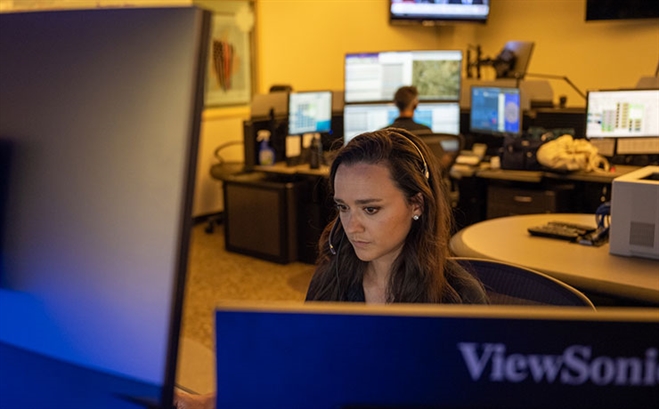The Critical Role of Video-Sharing in Emergency Responses
November 27, 2023 by Kate Nadolski

In recent years, technology has transformed the way agencies operate, enabling them to better understand, respond to, and manage complex situations. Among these advancements, video-sharing has proven to be an invaluable tool.
This blog explores the disadvantages faced by first responders when they cannot use video-sharing in emergency responses.
- Limited Situational Awareness
Without access to real-time video, first responders have to rely on verbal descriptions of the situation. This limitation can result in a lack of critical information, making it challenging to assess the extent of an emergency accurately. As a result, they may be ill-prepared to make informed decisions quickly.
- Miscommunication and Ambiguity
Descriptions given verbally over the phone, especially in a high-pressure or traumatic situation, may be prone to miscommunication and misunderstanding. The absence of visual cues can lead to misinterpretation of critical details, which could result in a delayed or incorrect emergency response.
- Lack of Evidence and Accountability
Video-sharing can serve as a valuable tool for documenting and preserving evidence of an incident. Without video capabilities, first responders may face challenges in accurately documenting and providing evidence for legal or investigative purposes.
- Lack of Proper Consultation
In a complex emergency scenario, such as a cardiac arrest, the caller may have to act immediately before officers can arrive at the scene. Without video-sharing, remote consultations or instructions from a dispatcher or medical expert are limited to verbal descriptions and images, which may not provide sufficient information for experts to make accurate assessments and recommendations.
- Inadequate Assistance for Individuals With Disabilities or a Language Barrier
Video-sharing can provide critical communication by bridging the gap between dispatchers and individuals with disabilities, those who may have difficulty expressing their needs verbally, or someone with a language barrier. Without this technology, first responders may struggle to understand and address the specific needs of such individuals effectively.
- Increased Risk to First Responders
In situations involving armed suspects or hazardous materials, video-sharing can be invaluable for assessing risks and making strategic decisions. The absence of video communication may increase the risk to first responders, as they rely solely on verbal information and their observations.
The Power and Importance of Visual Information
Visual information provided through video-sharing capabilities can provide a clearer and more detailed understanding of the incident at hand.
Video-sharing enables first responders to see the scene in real-time, offering crucial insights into the severity of injuries, the extent of damage, and the presence of hazards. This added perspective allows for more informed decisions, better resource allocation, and enhanced situational awareness.